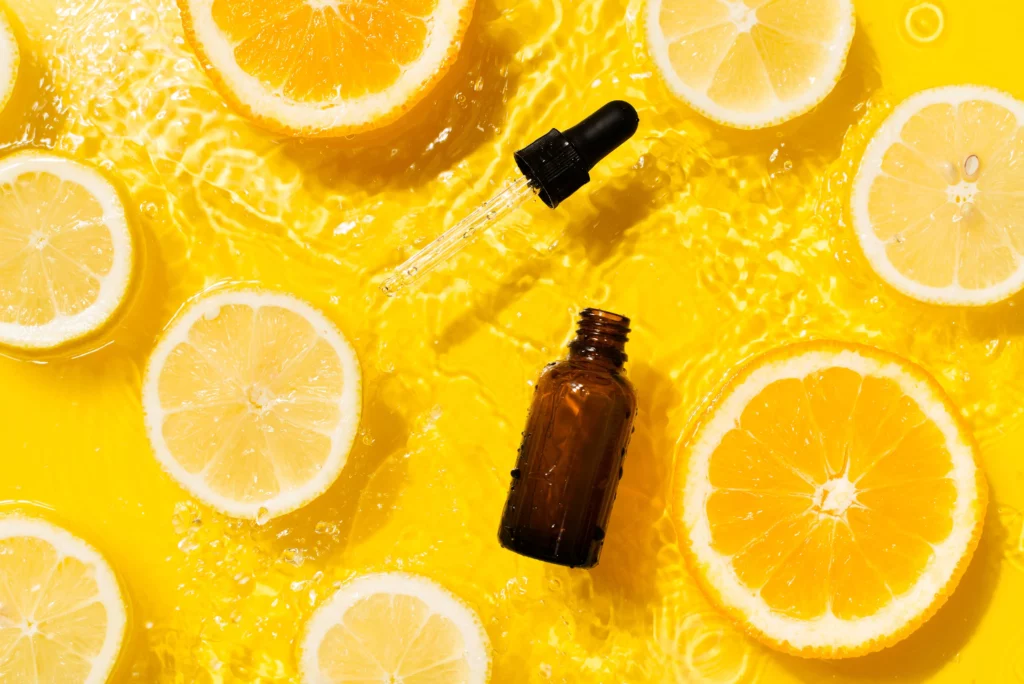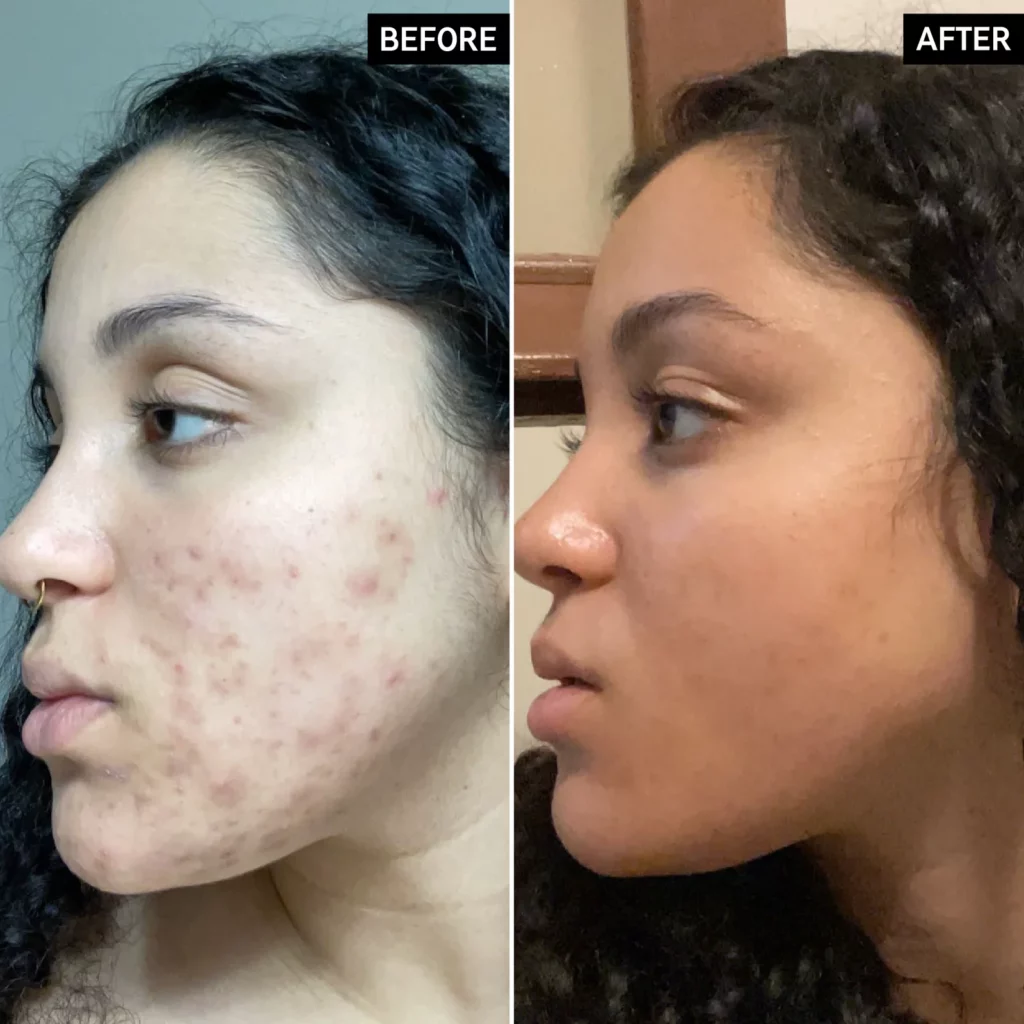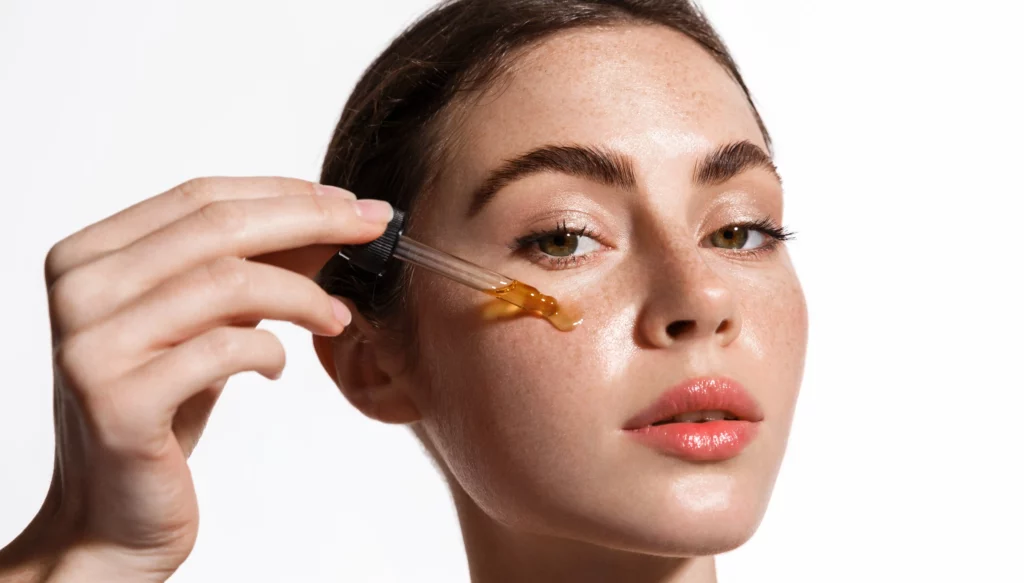scaling non-brand search from $7k to over $10k revenue per day, while increasing ROAS by 27%.
The mid-AOV skincare space is ferociously competitive. This is the story of how we scaled non-brand search profitably for a Vitamin C brand.
One
Introduction
What this case study will cover?
For Facebook-first brands, diversifying acquisition remains a considerable challenge, particularly when looking to break in to Google. Brands can be tempted to directly adapt their ads to YouTube, but this is unlikely to work without a bespoke funnel strategy in place.
However, smart brands remain undeterred, knowing that the potential opportunity here is considerable.
This case study delves into how our client partner, a 7-figure skincare brand in the Vitamin C niche, partnered with blimpp to diversify customer acquisition efforts through a mixture of non-branded search and performance max.
We’ll explore the obstacles we faced in previous demand generation efforts, the development and execution of a powerful non-brand strategy, and the results we achieved. Through analysing performance and the valuable insights we gained, we aim to provide guidance to other skincare brands looking to improve their demand generation efforts through search.
Two
The Brand
Who are is the brand?
Our client, a leading mid-AOV brand in the Vitamin C space, enjoyed robust growth in their initial years, thanks to a fabulous hero product that delivered against its claims. However, Google had already been just a demand capture channel, and initial attempts to scale beyond this via YouTube Ads quickly fell flat, for a number of reasons.
The brand had a rabid following, and were keen to drive acquisition beyond their existing core channels. Uniquely, the brand operated a blog that ranked well organically, specialising in the medical advantages of its products, in a non-salesly way. They bought in medical practitioners to speak with an authoritative voice, helping to set it apart from the myriad of noise within Vitamin C skincare niche.
With some focus on non-brand search, its current non-brand revenue stood at approx. $6,000 per day, however high click costs meant that scaling spend would prove a considerable challenge. The increased competition and an ever-evolving digital advertising landscape necessitated an innovative approach to achieving scalable demand generation through search.

Three
The Challenge
The principal objective of this initiative was clear: to increase non-brand revenue contribution, and validate Google as a demand generation channel. The focus on new customers was deliberate, as the brand was facing challenges around retention at the time, impacting on customer lifetime value. With that being the case, profitability in acquisition was paramount.
Being in a highly competitive space, this brand faced several challenges scaling non-brand search; with numerous brands vying for the attention of potential customers, it was difficult for the brand to scale conventional non-brand search, with low Quality Scores, CTR and Conversion Rates hindering previous efforts.
When we audited the campaigns initially, we found the following issues which were preventing growth:
- Overuse of broad match, with no real negative structure in place. As a result, existing Non-Brand campaigns were inadvertently targeting brand search queries.
- Ineffective negative targeting, which blocked out relevant search terms and failed to address terms of varying intent from matching to the same campaign.
- No real focus on audience insights to help propel the right message to the right audience.
- Most of the spend was focused on ultra-competitive transactional search, with click costs as high as $7 in the Vitamin C niche.
- The vast majority of spend was going to ads that ran directly to product pages.


Four
The Strategy
What steps did we take to drive revenue with informational search?
To address these challenges, we worked hand-in-hand with the brand to develop a targeted non-brand search strategy which focused on sending traffic to their blog page.
Keyword Strategy
From customer survey data, we found that a high % of their MVP customers found the brand through organic channels, with their blog page being particularly valuable in this regard.
Therefore, we switched focus from transactional terms, such as best vitamin c serum’ to more informational searches like “why is vitamin c good for your skin?”.
The informational search strategy was further segmented into the following buckets:
- Product information. These are keywords that potential customers might use when they’re looking for more details about Vitamin C serums, including “Vitamin C serum benefits”, “how Vitamin C serum works”,“how to use Vitamin C serum”, and “effectiveness of Vitamin C serum”.
- Skin concerns. As Vitamin C serum is commonly used for specific skin concerns, we deliberately targeted a keyword groupings to revolve around these. They included “Vitamin C serum for acne scars”, “Vitamin C serum for hyperpigmentation”, “Vitamin C serum for wrinkles” etc.
- Comparisons. Potential customers might also compare different skincare products, including different types of Vitamin C serums. Examples of keywords in this category are “Vitamin C serum vs. retinol”, “L-ascorbic acid vs. ascorbyl palmitate serums”, “Vitamin C serum vs. hyaluronic acid” etc.
- Usage and dosage information. Queries around “how to use” are uniquely substantial within skincare. In this bucket, we grouped together keywords such as “how to apply Vitamin C serum”, “best time to apply Vitamin C serum”, “how much Vitamin C serum to use” etc.

Landing Page Strategy
It’s easy to focus exclusively on keywords to inform targeting, however we knew that this was not the optimal approach if we were to gain success with our approach.
In parallel to the keyword strategy, we worked closely with the brand to create a landing page strategy that catered to informational queries. The goal was to direct traffic to an optimized blog that would provide answers to users’ queries and position the brand as a knowledgeable authority in Vitamin C skincare, often with in-depth posts of up to 3,500 words.
We went deep as we knew that behind these Google searches were information-hungry potential customers, who were what we called “pre in-market” – in other words not yet searching for more competitive transactional terms, where click costs were likely to be 4-5x of informational search queries.
Here’s how the landing page strategy was designed:
- Blog post creation. For each of the keyword buckets, specific blog posts were created. The content of these blogs was in-depth, informative, and directly addressed the queries related to the respective keywords. For instance, for the keyword “do Vitamin C serums work for hyperpigmentation” a blog post titled “How Vitamin C Serum Helps Fight Hyperpigmentation” was written. The post explained the benefits, provided scientific backing, and subtly mentioned how the brand’s own product could help.
- Clear and relevant headlines. The headlines of the blog posts were clear, and closely matched the search ad copy. This is crucial in paid search because it reinforces to users that they’ve come to the right place after clicking on the ad, maximising Clickthough Rate, and helps to increase Google Ads Quality Score.
- Fast load times. Recognizing that users who come from paid search have numerous other options just a click away, it was important to ensure that blog pages loaded not just quickly, but super-fast. Page load speed was continually monitored and optimized to minimize bounce rates, which typically averaged at less than 15%.
- Effective Calls to Action (CTAs). The blog posts were designed to guide readers towards a desired action, whether that’s reading another relevant blog post, signing up to the brand’s newsletter, or checking out the brand’s Vitamin C serum. These CTAs were placed strategically throughout the post to guide users further into the conversion funnel.

Performance Max Strategy
Non-brand search was at the cornerstone of our strategy, Performance Max also had an important part to play.
The goal here is to leverage the power of Google’s machine learning to drive conversions across YouTube, Display, Discover, and more – effectively utilizing the integrated approach of the Google Ads platform.
The strategy entailed creating a variety of ad formats, including text, image, and video ads, each one tailored to the platform it was served on and the specific stage of the user’s journey. In parallel, informative content was created to suit each platform, with an engaging video on the benefits of Vitamin C serum for skincare on YouTube and visually compelling infographic-style ads for the Google Display Network.
Leveraging the power of Performance Max, the brand pinpointed several key audience segments with an interest in skincare and Vitamin C products and reached these audiences across the varying Google platforms. A critical aspect of the strategy was ensuring a seamless alignment between the ads and the blog content, with each ad closely mirroring the informational content it led to.
To continually refine the strategy, the brand harnessed the insights provided by Performance Max, pinpointing which creatives and messages resonated most with the audience. Alongside tracking sales, we also monitored micro-conversions, like time spent on the blog or email signups, to gain a fuller understanding of the impact of informational content on the customer journey. This comprehensive, platform-agnostic strategy positioned the brand as a trusted authority on Vitamin C serums and paved the way for further scale.


Five
The Results
Within 12 months, our client partner was well on their way to unlocking scalable growth via non-brand search.
Profitable growth: They went from generating $6k per day on non-brand search to $10k per day, directly via the campaigns alone.
SEO: This was a case of paid driving organic, unearthing several opportunities which helped to drive organic visibility.
Cross-Network Retargeting: By feeding the upper-funnel with targeted non-brand search visitors, we were able to provide retargeting opportunities across other campaigns and ad networks, with the added benefit of understanding the precise pain points of the retargeted audience.
Six
Lessons Learned
Why targeting is critical, creative messaging is key and landing pages matter.
This activation provided several key lessons that other brands in the skincare space can learn from when developing their own demand creation Google strategies:
Focus on the right journeys: It’s easy to target everyone and anyone, but the truth is that focus pays off. Understanding search volumes by keyword grouping from the outset was a useful starting point.
Creative messaging: Aligning search query to ad copy that references said search term, worked well for us. As a result, we were able to achieve industry-beating CTRs of close to 15%, which facilitated cheaper click costs.
- Landing pages matter: Optimising landing pages for relevance specific to each search type remains one of the key levers to driving non-brand search growth.
Google. We Do It Better.
Ready to become our next success story?
Scaling seven and eight-figure Beauty & Wellness brands with Google Search & YouTube Ads.

